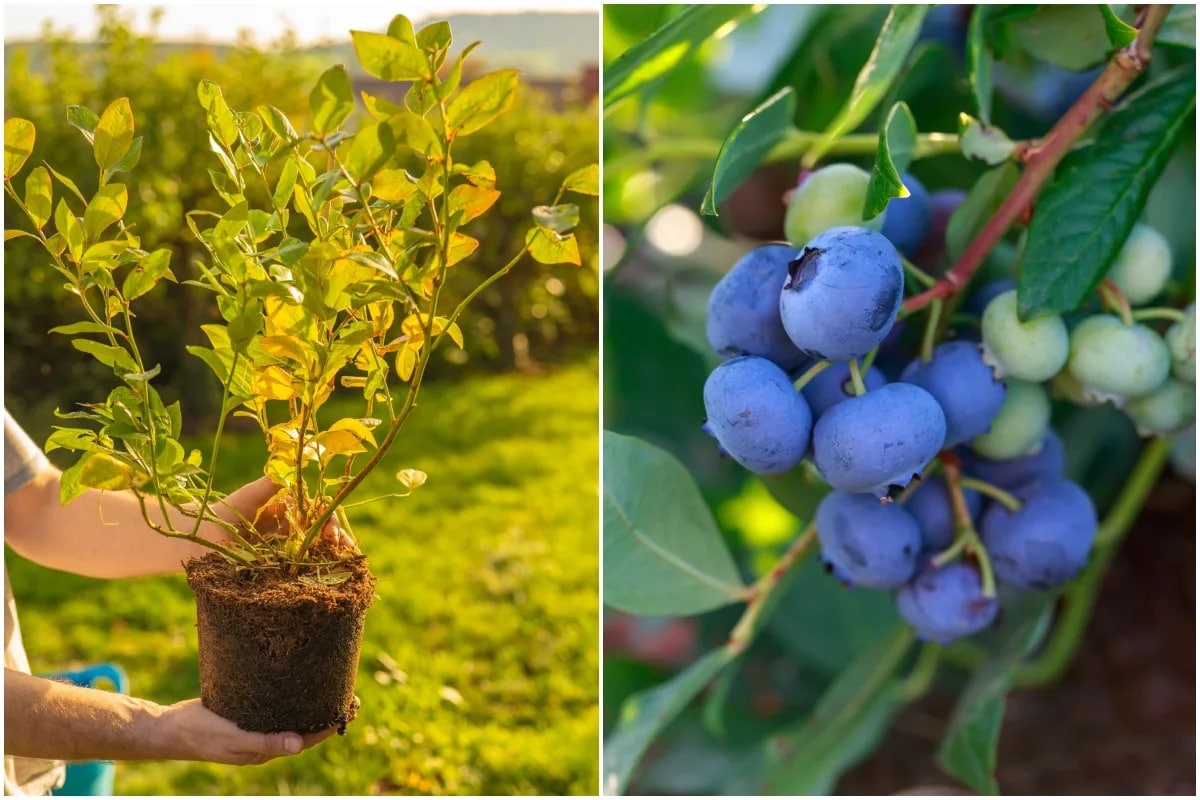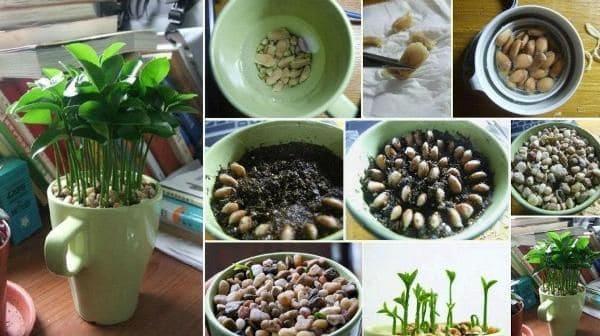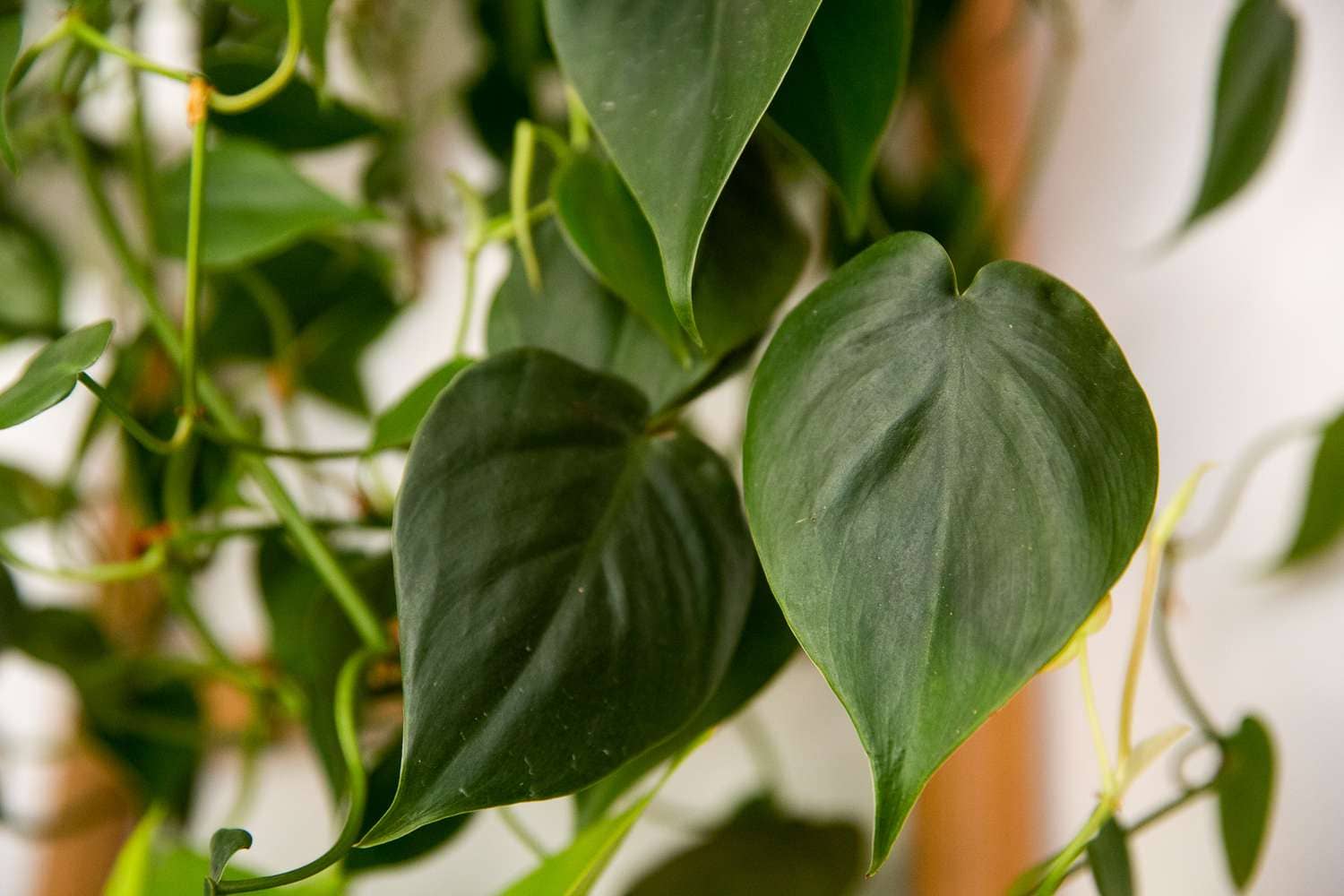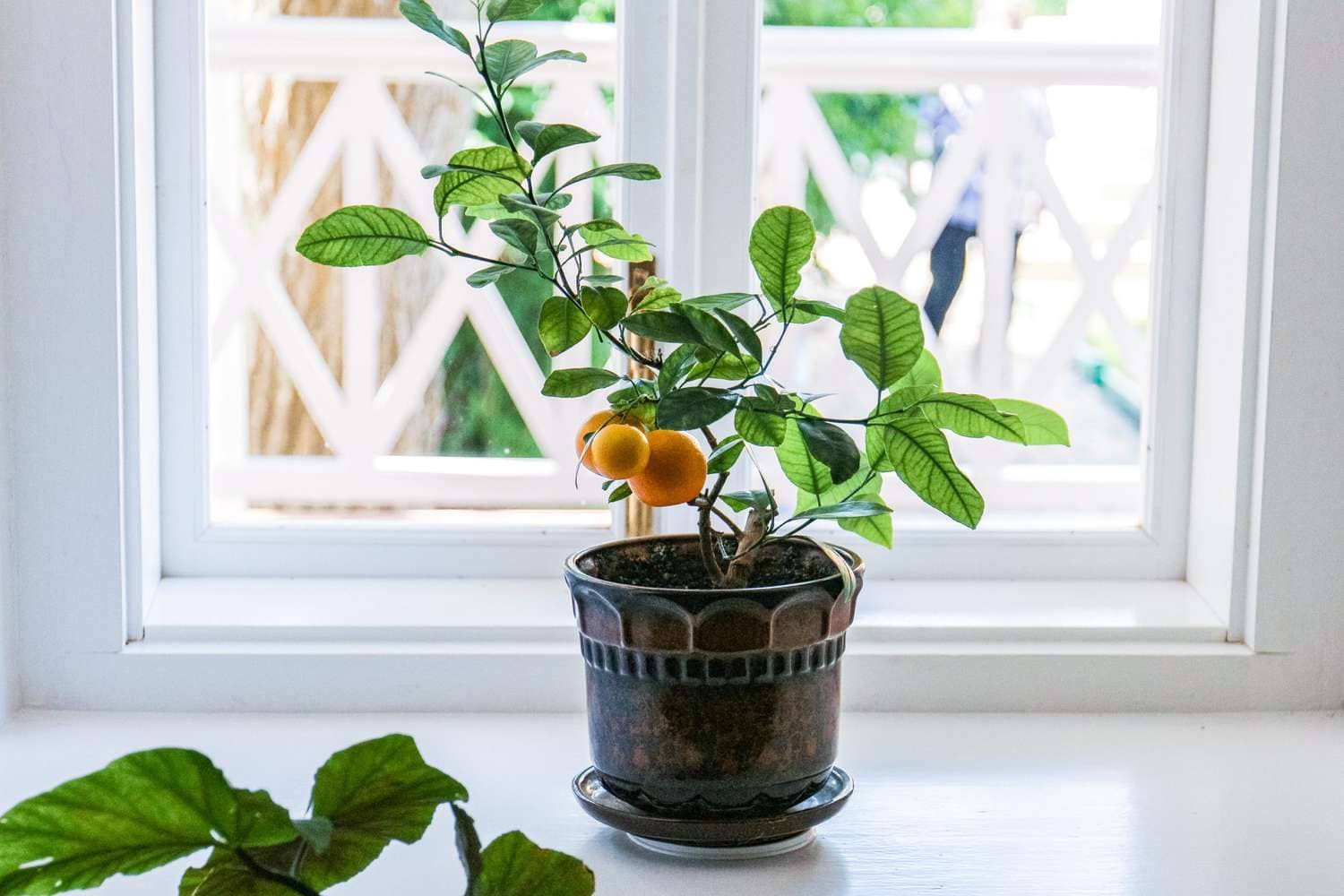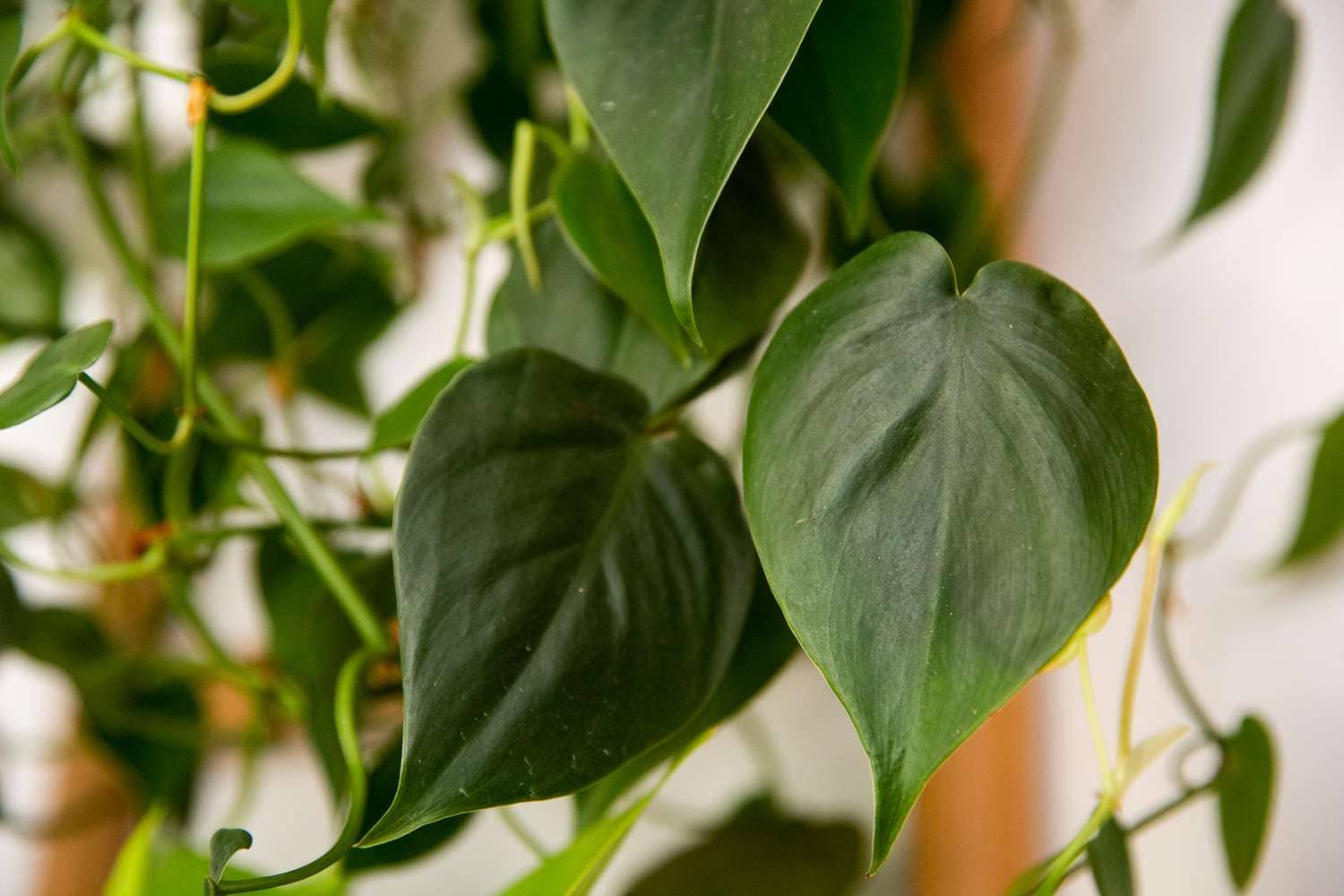Blueberries, with their delectable taste and health benefits, are a favorite among gardeners looking to add both beauty and bounty to their landscape. While blueberry bushes thrive on their own, strategically selecting companion plants can offer numerous benefits, including improved soil health, pest control, and enhanced pollination. In this article, we explore a selection of companion plants that complement blueberries, creating a harmonious and productive garden ecosystem.
1. Rhododendrons and Azaleas:
- Benefits: Rhododendrons and azaleas, with their shallow roots and acid-loving nature, thrive in similar soil conditions as blueberries. They provide beautiful blooms and foliage that complement the aesthetics of a blueberry patch.
- Function: These flowering shrubs act as living mulch, shading the soil beneath and helping to retain moisture. Additionally, their dense foliage provides a habitat for beneficial insects and contributes to the overall biodiversity of the garden.
2. Ferns:
- Benefits: Ferns, such as ostrich ferns or lady ferns, thrive in the moist, acidic soil that blueberries prefer. Their delicate fronds add texture and visual interest to the garden while requiring minimal maintenance.
- Function: Ferns help to suppress weed growth by forming a dense ground cover. Their shallow roots also help prevent soil erosion, making them valuable companions for blueberry bushes, especially on sloped terrain.
3. Wildflowers:
- Benefits: Wildflowers like lupines, bee balm, and black-eyed Susans attract pollinators such as bees and butterflies, which are essential for blueberry pollination and fruit set. They add bursts of color and biodiversity to the garden.
- Function: By attracting pollinators, wildflowers enhance the overall yield of blueberry bushes. They also serve as natural pest repellents, reducing the need for chemical pesticides in the garden.
4. Comfrey:
- Benefits: Comfrey is a dynamic accumulator, meaning it has deep roots that mine nutrients from the soil and store them in their leaves. When these leaves decompose, they release nutrients that benefit nearby plants, including blueberries.
- Function: Planting comfrey around blueberry bushes helps to improve soil fertility and structure over time. Its deep taproots also help break up compacted soil, allowing better water infiltration and root growth.
5. Clover:
- Benefits: Clover, particularly white clover, is a nitrogen-fixing legume that improves soil health by converting atmospheric nitrogen into a form that plants can utilize. It also acts as a living mulch, suppressing weeds and retaining soil moisture.
- Function: Planting clover as a ground cover beneath blueberry bushes helps maintain soil fertility without the need for synthetic fertilizers. As it grows, clover adds organic matter to the soil through its decomposing foliage, further enriching the soil ecosystem.
Conclusion: Selecting the right companion plants for your blueberry patch can enhance its beauty, productivity, and resilience. By incorporating species that thrive in similar growing conditions and provide complementary benefits, you can create a vibrant and harmonious garden ecosystem. Whether it’s attracting pollinators, improving soil fertility, or adding aesthetic appeal, companion plants play a valuable role in supporting the health and vitality of your blueberry bushes.

